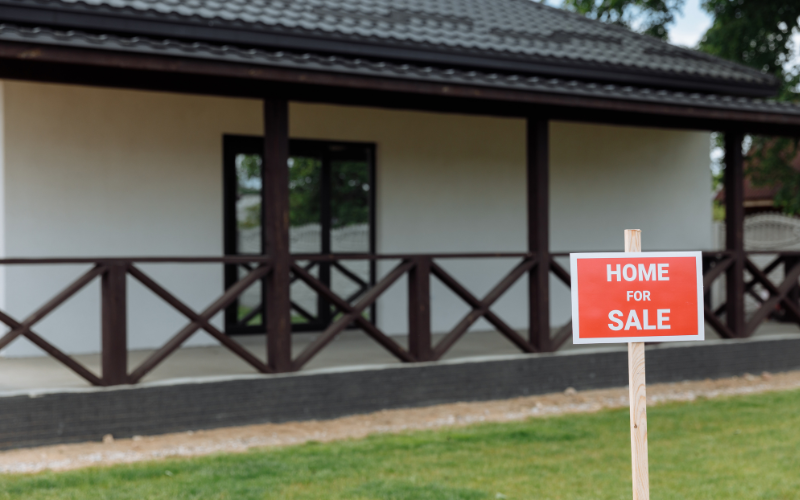
Potential homebuyers seem to have postponed their plans of buying a home as the upswing in the cash rate continues, with new home sales declining in July.
According to the Housing Industry Association (HIA)’s latest monthly report, new home sales fell 13.1% in July, led by the 15.5% drop in Queensland, the 15.3 fall in New South Wales, and the 13.5% decrease in Western Australia.
Victoria and South Australia also posted significant declines in new home sales during the month, down by 11.1% and 9.7%, respectively.
Interestingly, most of the states reported higher new home sales compared to the same month in 2019, up by 34% in Queensland, 17.8% in Victoria, 12.8% in New South Wales, and 8.2% in Western Australia.
HIA chief economist Tim Reardon said the increase in interest rates will compound the impact of the rapid increase in the cost of building a new home that occurred due to the constraints on global supply chains.
“The full impact of the rate increases will continue to flow through as an adverse impact on the sale of new homes for at least the next few months,” he said.
Mr Reardon said this slowdown is consistent with reports from builders over recent months, which show a decline in the number of people visiting display sites and making enquiries since the first hike in cash rate in May.
“If this decline in sales is sustained, which is expected, then increase in the cash rate so far will have brought this pandemic building boom to an end,” he said.
“There remains a significant volume of work under construction and approved-but-not-yet-commenced that will provide a buffer for the industry and ensure building activity and demand for skilled trades remains exceptionally strong through the rest of 2022 and into 2023.”
The recent Westpac-Melbourne Institute Consumer Confidence Index showed further dampening in August, marking the eighth consecutive month of decline.
Westpac Chief Economist Bill Evans said interest rates continue to weigh on confidence of many Australian households, particularly those who are looking to enter the market.
“We believe this index responds to affordability as well as overall confidence in the market," he said.
In fact, the “time to buy a dwelling” index fell by 2.3% in the month, which brings it 41% lower than its peak in November 2020.
"Although this index is likely to have bottomed out, signs of a sustained improvement are unlikely while overall confidence in the housing market continues to deteriorate,” Mr Evans said.
—
Photo by Thirdman on Pexels.
Collections: Interest Rates Mortgage News Property News



Share